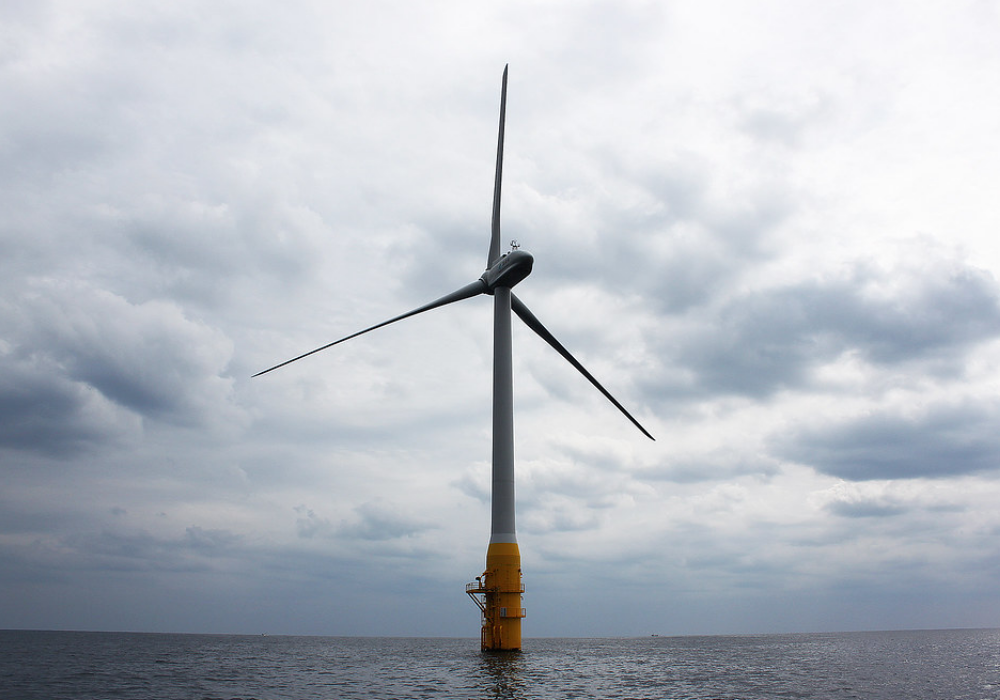
For the offshore wind industry, 2020 was all about ambitions as policymakers raised the bar for growth – but what will 2021 hold for the industry?
Although the coronavirus provided the offshore wind segment with a number of challenges, there was a keen emphasis last year around focusing on job creation and capitalising on pandemic recovery spending plans.
Throughout 2020, countries raised their renewable energy targets and decarbonisation plans that span the length of supply chains were brought forward – a shift that energy researcher Wood Mackenzie expects to continue this year.
Here are three offshore wind themes Wood Mackenzie head of offshore wind research Søren Lassen envisions for 2021.
Three key offshore wind themes for 2021
1. Bigger and broader ambitions for offshore wind in 2021
The scale of ambition will only increase in 2021, according to Lassen. He expects to see policymakers up offshore wind targets, increase the focus on jobs creation, and facilitate innovation to seed future exports, with power-to-X (PtX) and hybrid projects continuing to “dominate headlines”.
He adds: “Similarly, offshore wind developers have increased their renewables ambitions. Not only in terms of capacity, but also by signing power purchase agreements (PPAs) and rolling out decarbonisation plans for their supply chains.
“Decarbonisation will become a larger theme across the industry. We saw strong indications of this in the installation segments in 2020, where 96% of the announced offshore wind vessels held some kind of green credentials.”
Lassen says the pool of suppliers will continue to grow and globalise in 2021, as both established suppliers and new entrants will evolve their strategies, broadening their role to “better capture future growth”.
2. A surge in tender activity will make opportunity more tangible
2020 saw the lowest tender activity in eight years. Lassen claims that did not reflect a lack of appetite for offshore wind, but rather a “transition in support schemes”.
“Tender activity will pick up significantly in 2021 – we anticipate the award of a record 23+ gigawatts (GW) of tenders across seven markets,” he adds.
“Japan and Poland will award their first commercial offshore wind projects this year, the UK kicks off the world’s largest offshore wind tender, and a new wave of tenders will be awarded across the US. We expect these events to catalyse new supply chain investments.”
But the analyst believes tenders “won’t focus solely on price”. He says local sourcing and job creation will be “particularly important in emerging markets”, while the production profile and PtX will “play a larger role in the established markets of continental Europe”.
Wood Mackenzie expects many developers to participate through partnerships, leveraging combined strengths.
3. Greenfield developments will be a central theme
Changing policy frameworks and long lead times have subdued offshore wind build-out in the past four years outside of China.
But Lassen believes the pick-up in final investment decisions (FIDs) in 2020 will drive an increase in annual installations from 2022, adding certainty to the first half of the decade.
“Pipeline acquisitions will continue to be a source of growth for developers,” he adds. “But we also expect developers to go further back in the development cycles and build up greenfield projects to further grow and diversify their portfolios – but also to subdue competition and, in turn, strengthen margins.
“We’re already seeing this trend play out in the steep and consistent increase in new developer alliances in emerging markets.”
Lassen expects greenfield developments will be a central theme in 2021 in both existing markets, where new lease areas will be awarded, and in new markets. He says that means more frontiers will be “broken down” and new basins will “light up on the offshore wind map”.






